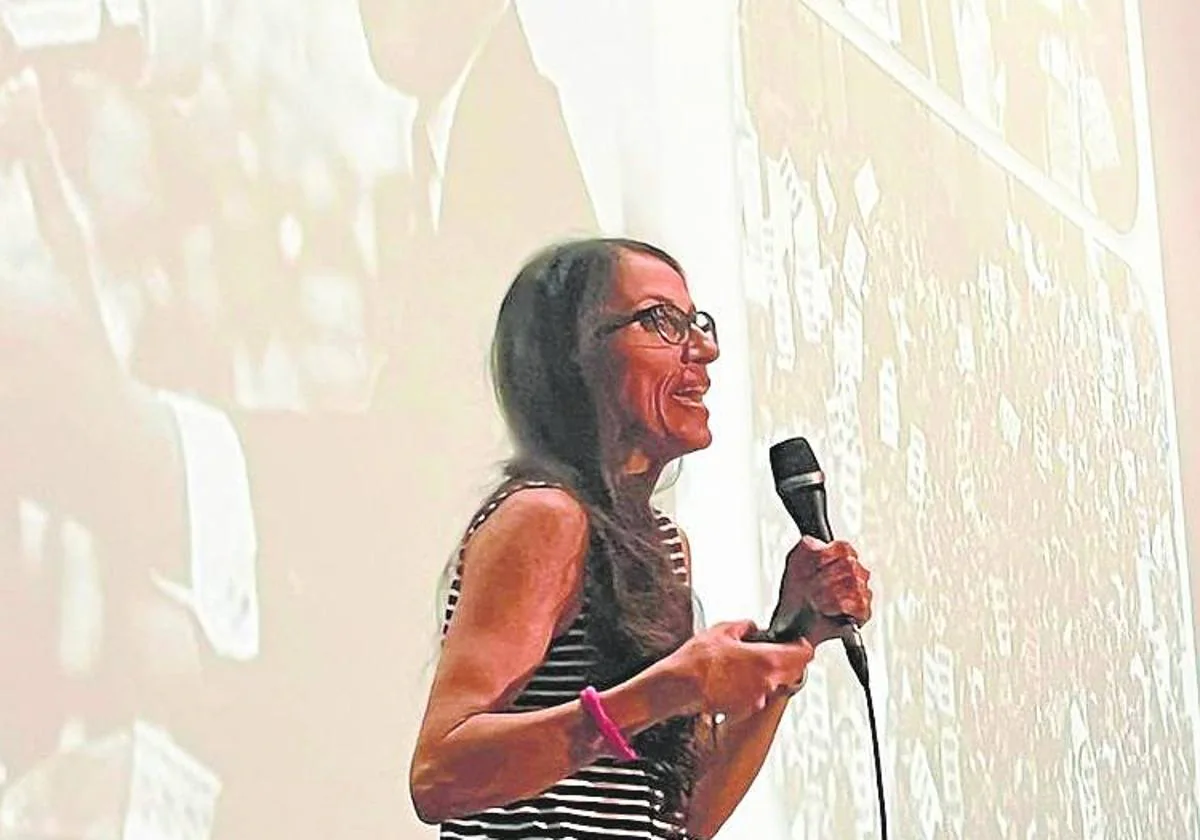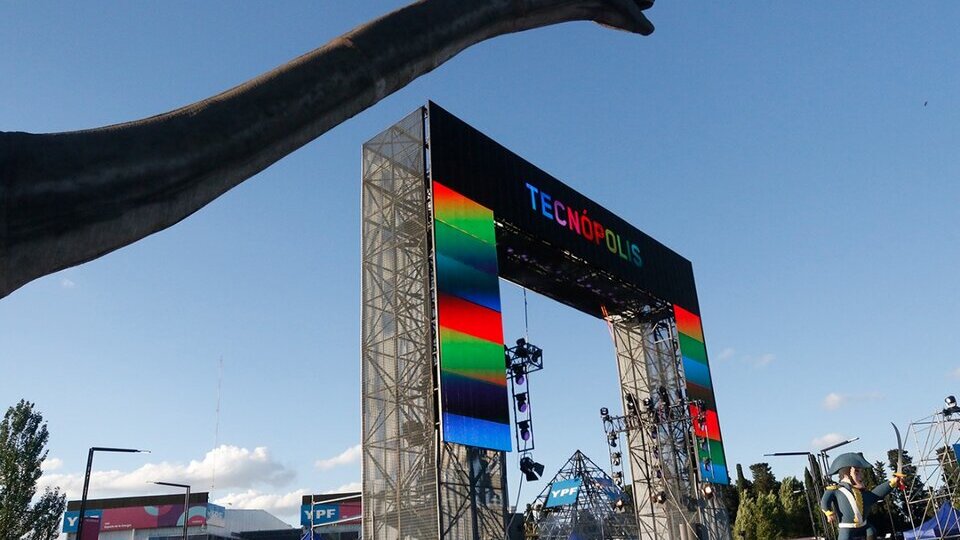This image tilted eastward, toward the light of a rising sun, was captured by the External High Resolution Camera (EHDC) aboard the International Space Station (ISS). The station was in orbit around the northwest Atlantic Ocean, about 500 kilometers (300 mi) off the coast of Nova Scotia. Numerous small clouds cover the foreground of the image. Each cloud clearly (due to tiny water droplets) represents an upward column of air. These clouds are known as cumulus congestion or vertical development.
Some very large thunderclouds appear at the bottom of the image. Many of them have broad “plateau” characteristics and are known as Altocumulus incus or anvil clouds. These flat cloud surfaces develop when rising air reaches a level in the atmosphere where it is prevented from rising further (known as the inverted layer). At this level, the cloud is forced to extend sideways, developing an anvil shape that can extend horizontally for tens of kilometers. two of cumulus congestionNear the center of the image it just reached this height and started spreading out horizontally.
The image captures small details of the cloud’s structure because the camera was partially aimed at the light source. This photographic technique reveals the shadow of clouds, and this produces a strong contrast against the brighter cloud surfaces. The shadows also contrast with the dawn light reflected off the surface of the sea.
The ISS066-E-37532 image was acquired with the ISS Outdoor High Resolution Camera on 4 November 2021 with a D4 electronic still camera using a focal length of 600 mm. It was provided by the ISS Earth Observation Facility and the Earth Science and Remote Sensing Unit at the Johnson Space Center (JSC). The image was taken with an externally mounted camera on the International Space Station during Expedition 66. The image has been cropped and enhanced to improve contrast, and lens defects have been removed. The ISS program supports this laboratory as part of the ISS National Laboratory to help astronauts capture images of Earth of greater value to scientists and the public and to make these images freely available on the Internet. Additional images taken by the astronauts and astronauts can be viewed on the NASA/JSC Earth Astronaut Photography Portal. Text by Justin Wilkinson, Texas State University, under JETS contract at NASA-JSC.


:quality(75)/cloudfront-us-east-1.images.arcpublishing.com/elcomercio/N6QQ3BXAX5BLRMMAGYCWMWDMIA.jpg)


